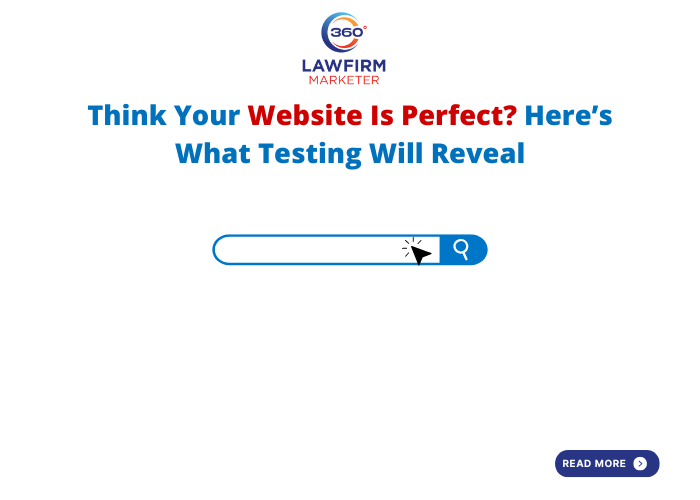
Introduction: Breaking the Feast-or-Famine Cycle
If you’re a freelance web designer or running a small design studio, you’ve likely faced the dreaded feast-or-famine cycle weeks of silence followed by overwhelming workloads. This inconsistency isn’t about your talent; it’s about your client acquisition system. To build a steady pipeline, you need a mix of inbound marketing (clients find you) and outbound marketing (you reach out strategically).
Whether you’re freelancing or collaborating with a Web Design Agency New York, mastering client acquisition ensures steady growth and a consistent income stream. In this guide, we’ll explore 7 expert tips that combine short-term wins with long-term growth strategies. From creating a portfolio that ranks on Google to leveraging social media, job boards, and networking, you’ll learn actionable steps to attract high-quality clients.
What to Look for in Great Web Design Clients
Not all clients are worth your time. The right ones make projects enjoyable and profitable; the wrong ones drain energy and margins.
Green Flags of Ideal Clients:
• Clear goals & scope: They know what success looks like and are open to defining scope upfront.
• Respect for process: They value timelines and your expertise.
• Timely communication: No chasing for feedback or assets.
• Decision-maker involvement: You’re speaking to someone who can approve.
• Reasonable budget & timeline: They understand quality takes time.
• Pays on schedule: Comfortable with deposits and milestones.
• Partnership mindset: They see you as a strategic collaborator.
Spotting these traits during discovery calls ensures smoother projects and better referrals.
1) Create a Portfolio Website
Your portfolio website is your home base for control, credibility, and conversion. While platforms like Behance or Dribbble are useful, they’re rented space. Owning your site gives you full control over branding, SEO, and lead capture.
Why it matters:
• SEO drives compounding traffic. The #1 Google result earns ~39.8% CTR, making ranking for niche keywords a game-changer.
• A well-structured site builds trust and positions you as an expert.
If you run or work with a Digital Marketing Agency in USA, having an optimized web design portfolio can dramatically improve organic visibility and attract clients from different industries.
What to include:
• Clear positioning statement (“Conversion-focused Shopify design for DTC brands”).
• Service pages for core offers.
• Case studies with measurable outcomes.
• Testimonials and logos for social proof.
• Lead capture forms and CTAs (“Book a free consult”).
• Blog or resource hub for SEO.
Tools: WordPress (Astra, GeneratePress), Elementor, Rank Math, WP Rocket.
2) Promote Your Services on Social Media
Choose platforms where your audience hangs out and post native content.
Best platforms:
• LinkedIn: Ideal for B2B and decision-makers. Share mini case studies, carousels, and insights.
• X (Twitter): Great for building in public and joining niche conversations.
• Instagram/TikTok: Visual storytelling and short-form tutorials for founders and marketers.
Taking inspiration from a Social Media Marketing Agency, create consistent, value-driven posts that show your design process, client success stories, and before-after transformations.
Action plan:
• Pick one primary and one secondary platform.
• Post 2–3 times weekly.
• Engage meaningfully comments and DMs matter more than vanity metrics.
3) Share Helpful Content
Teaching builds authority and trust. Answer the questions your prospects are Googling.
Content ideas:
• Comparisons (Webflow vs WordPress).
• Checklists (Homepage wireframe checklist).
• Case studies (conversion lifts, speed improvements).
• Pricing explainers.
Why it works: High-value, intent-driven content attracts inbound leads and compounds over time.
4) Create Multiple Income Streams
Project work is unpredictable. Add scalable offers to smooth cash flow.
Options:
• Templates and kits (Webflow, Figma).
• Productized services (Conversion Sprints).
• Courses and workshops.
• Maintenance plans.
• Affiliate revenue.
Example: Brett Williams of DesignJoy scaled solo design work into a subscription model generating ~$120k/month.
5) Use Industry-Specific Job Boards
Skip Fiverr and Upwork. Use curated boards where clients value quality.
Top picks:
• Smashing Magazine Jobs
• Mediabistro
• We Work Remotely
Pitch with tailored mini-audits and offer short-term engagements to companies hiring full-time.
6) Targeted Outreach
Outbound works when it’s personal and consistent. Most replies happen after follow-ups.
Steps:
• Define your ideal client profile.
• Build a prospect list with triggers (funding, hiring, redesign).
• Send short, personalized emails (under 150 words).
• Follow up data shows 2–3 follow-ups significantly increase reply rates.
7) Network (Online & Offline)
Your next client is often one introduction away. Research shows “weak ties” (acquaintances) are powerful for discovering opportunities.
Where to network:
• Niche meetups and conferences.
• Online communities (Slack, LinkedIn groups).
• Past clients offer mini audits and upsells.
90-Day Action Plan
Weeks 1–2: Launch/refresh portfolio, publish one blog post, set job board alerts.
Weeks 3–6: Start outreach (5 emails/week), post on social, engage daily.
Weeks 7–10: Publish case studies, pitch curated roles, book networking calls.
Weeks 11–13: Productize one service, refresh content, upsell past clients.
Final Thoughts
Getting consistent web design clients isn’t luck it’s a system. Combine inbound (portfolio, content, social) with outbound (outreach, job boards, networking) and stick with it for 90 days. You’ll see the pipeline stabilize and your income grow.




